Connecting a new property or development to the existing public sewer network might sound like a straightforward task, but in reality, it’s a process that demands technical knowledge, precision engineering, and strict compliance with water authority regulations.
At Premier Drainage Solutions, we specialise in complex and high-specification connections — from modern plastic pipelines to heritage Victorian brick-built sewers.
Here we’ll break down the drain connection process and highlight the care and expertise that goes into doing it properly, first time.
1. Understanding the Legal Requirements

Before any work begins, a legal agreement must be in place with the relevant asset owner — such as Thames Water, Anglian Water, or Severn Trent. This often comes in the form of a Sewer Connection Application:
- Section 106 Agreement (Water Industry Act 1991) for a connection to the public sewer.
- Road Opening Notices or Section 50 Licences if the works involve excavation in a public highway.
For many clients, this paperwork can feel daunting. Our team manages the process end-to-end, ensuring all applications, drawings, and method statements are submitted and approved without delaying the build programme.
2. Surveying the Existing Sewer
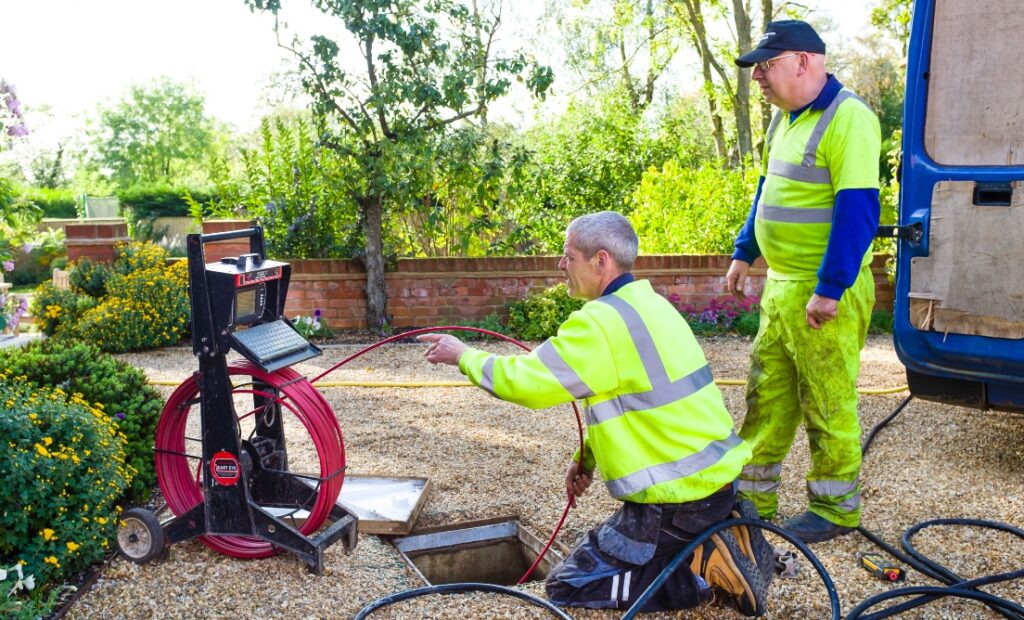
A connection is only as good as the knowledge you have before starting. We begin by identifying:
- Location & depth of the existing sewer.
- Size, shape, and material — e.g. Victorian brickwork, clay, concrete, or plastic.
- Flow conditions — is the sewer live and running, or is isolation required?
Where necessary, we use CCTV drainage surveys to assess internal condition and pinpoint the safest and most practical location for the new connection.
3. Selecting the Connection Method
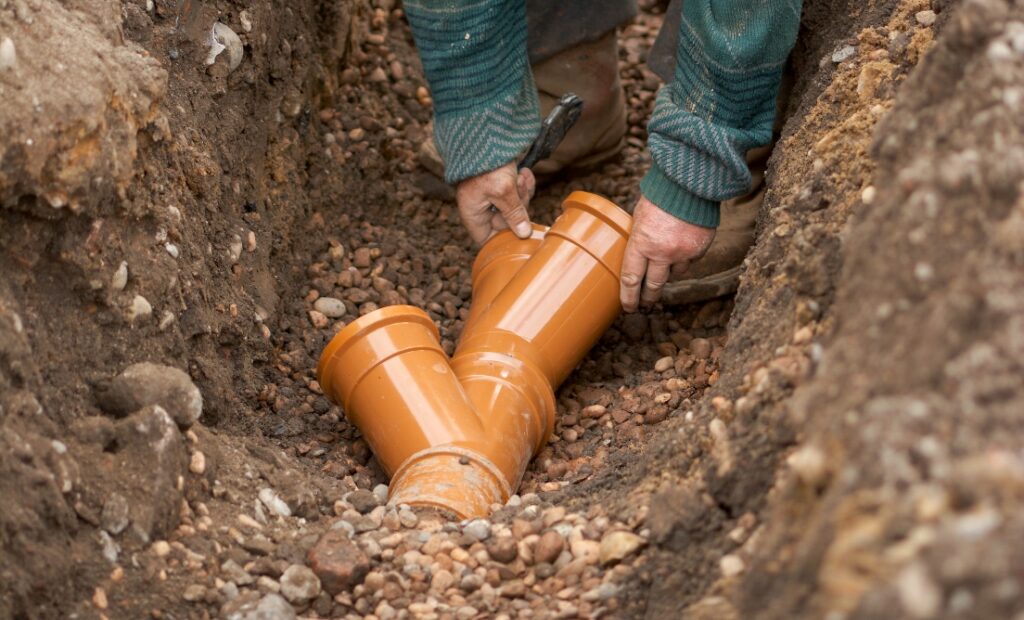
The correct technique depends on the sewer’s construction and the site constraints:
- Core-Drilled Saddle Connection – Ideal for precise, clean entry points in larger diameter pipes or brick-built sewers. A pre-formed saddle is secured over the opening, sealed with specialist mortar or epoxy, ensuring a watertight fit.
- Factory-Fabricated Junction – Used when replacing a section of pipe entirely to accommodate a new branch.
- Pre-Tapped Saddles for Plastic Pipes – Quicker to install on modern pipework, especially where access is limited.
Choosing the wrong method risks weakening the existing sewer or causing long-term flow disruption — something we take great care to avoid.
We then meet with the client, local authorities and water companies to agree the project timelines.
4. Safe Excavation & Access
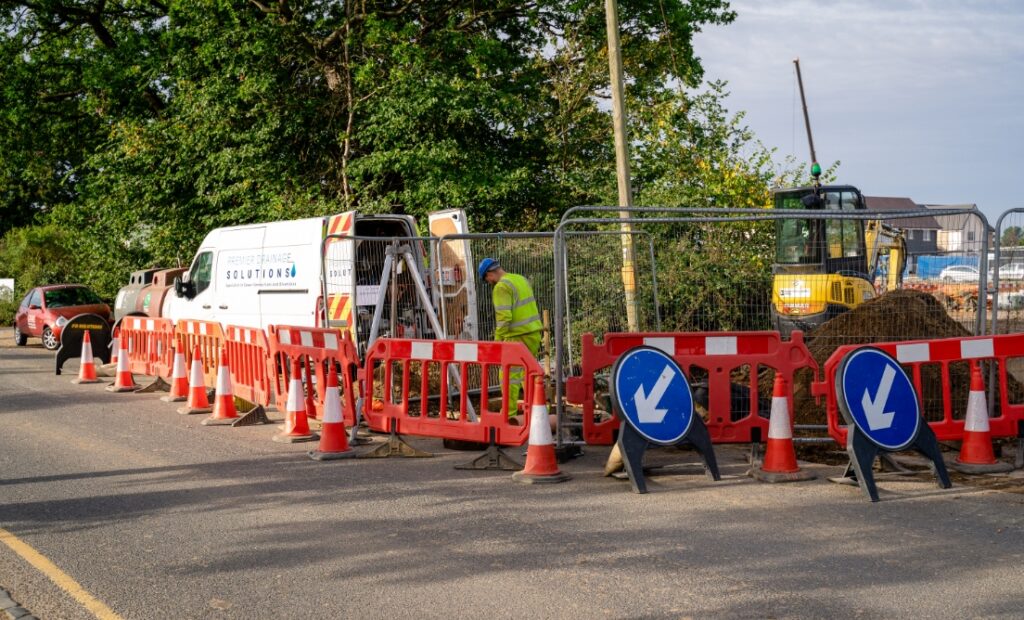
We search all other statutory undertakers to establish if they have existing services that might impact the connection and communicate with neighbouring people and businesses before carrying out the planned work.
Depths can range from less than a metre to over 4m in some urban connections. We ensure safety and stability through:
- Shoring systems – such as aluminium trench boxes, hydraulic braces, or timber headings for confined sites.
- Traffic management plans – working within lane closures or suspended parking to keep disruption to a minimum.
- Controlled spoil handling – separating waste for disposal and ensuring a tidy, compliant site.
5. Making the Connection
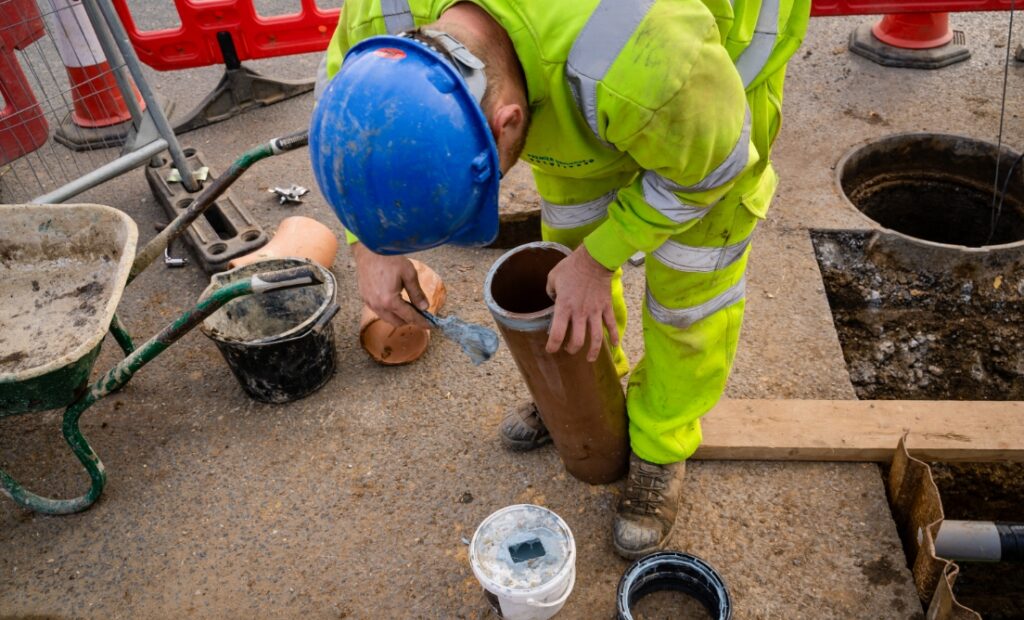
With the excavation complete and the sewer exposed:
- The pipe wall is core-drilled to the correct diameter.
- The connection fitting (saddle or junction) is positioned and fixed securely.
- All joints are sealed using approved products (e.g. Sika mortar, epoxy resins) for structural integrity and watertightness.
- The new lateral pipe is connected, bedded, and aligned to maintain smooth flow.
6. Testing, Backfilling & Reinstatement
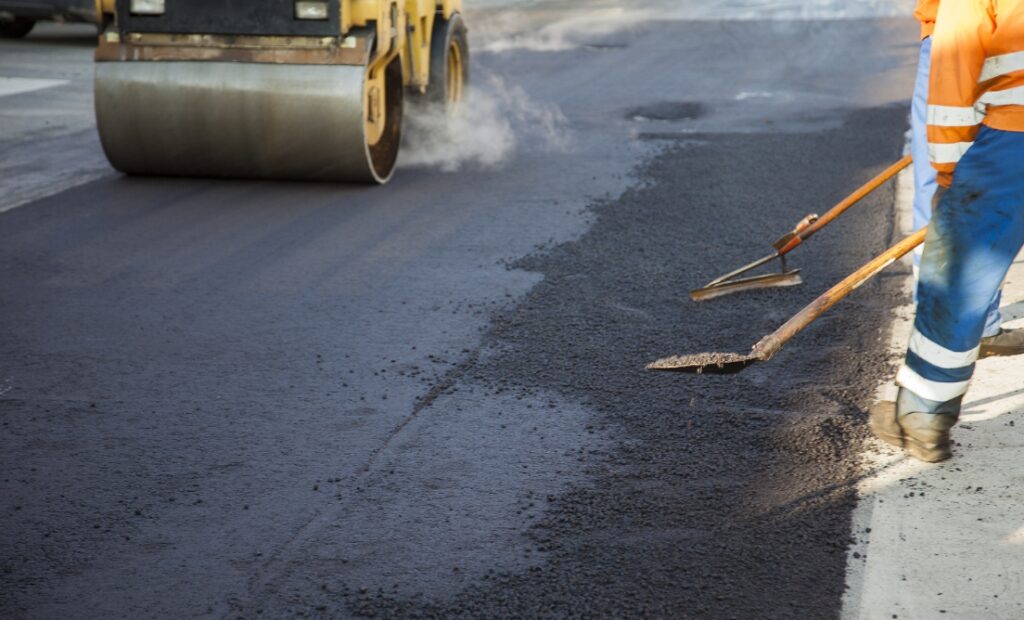
Before reinstating the excavation:
- Air or water tests confirm the integrity of the new pipework.
- Backfilling is carried out in controlled layers using MOT Type 1 or other specified materials.
- Compaction testing ensures the reinstatement won’t fail under future traffic loads.
In highway works, this attention to detail avoids costly remedial notices from local authorities.
7. Final Sign-Off
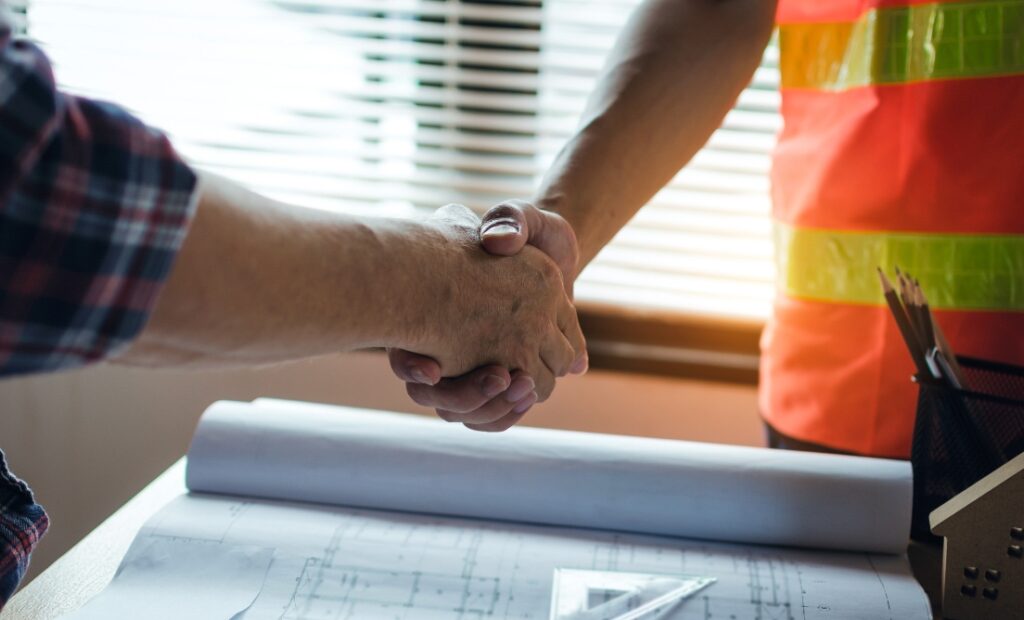
On completion, we provide:
- As-built drawings showing the exact location of the connection.
- Photographic evidence of the works.
- Handover documentation for both the client and the water authority.
This transparency not only satisfies compliance but also gives our clients confidence that the connection is built to last.
Why Premier Drainage Solutions?
We’re trusted by developers, contractors, and architects because we combine technical expertise with project management efficiency. From Victorian sewers to deep urban connections, we deliver projects that meet authority specifications, on time and on budget.
If you have a drainage connection project, however complex, our team has the skills, equipment, and experience to make it happen without unnecessary delays.
📞 Contact us today to discuss your upcoming works.

